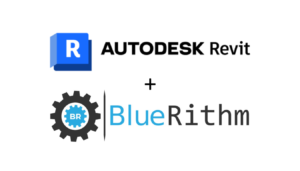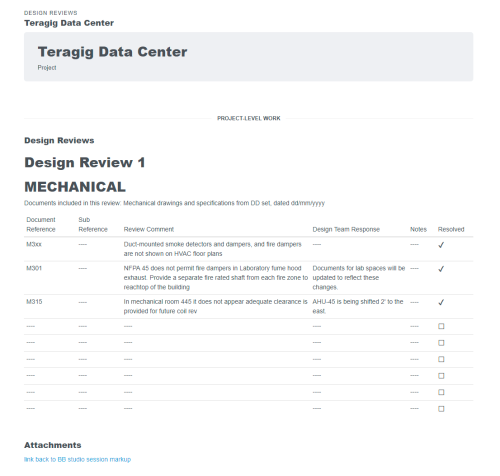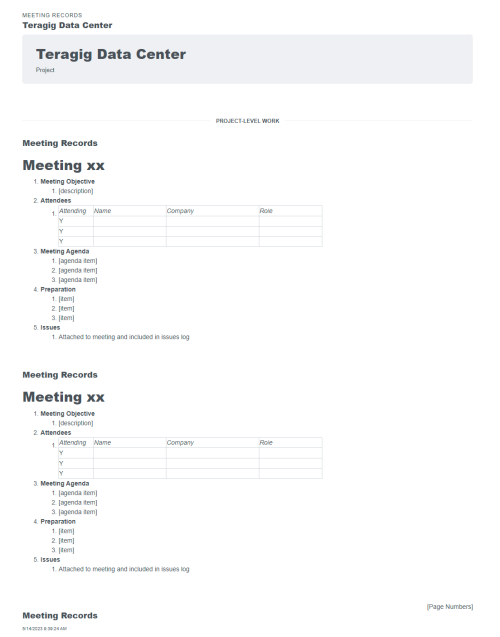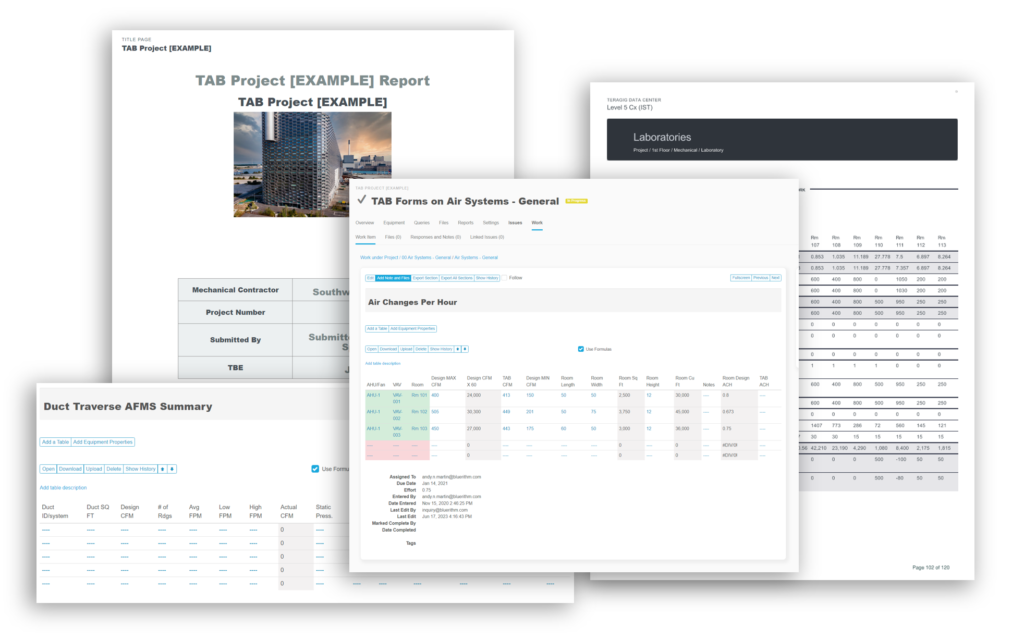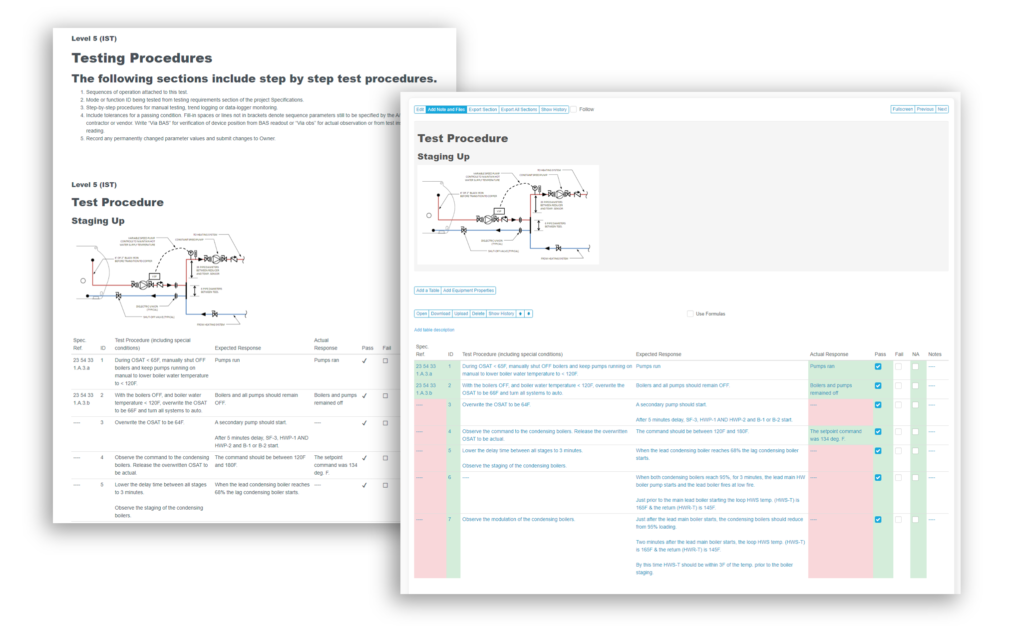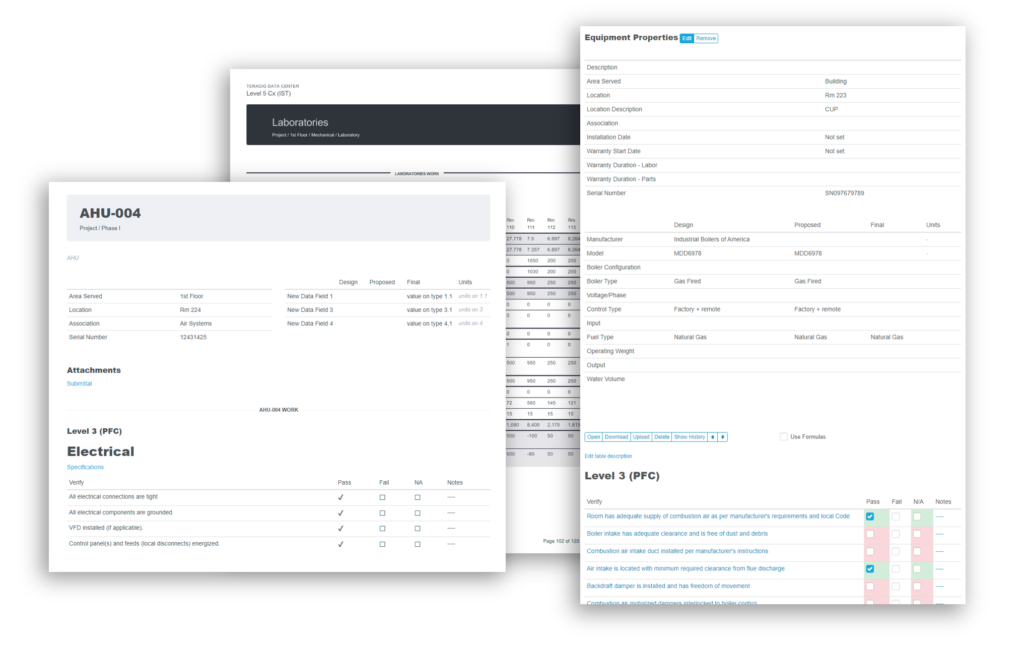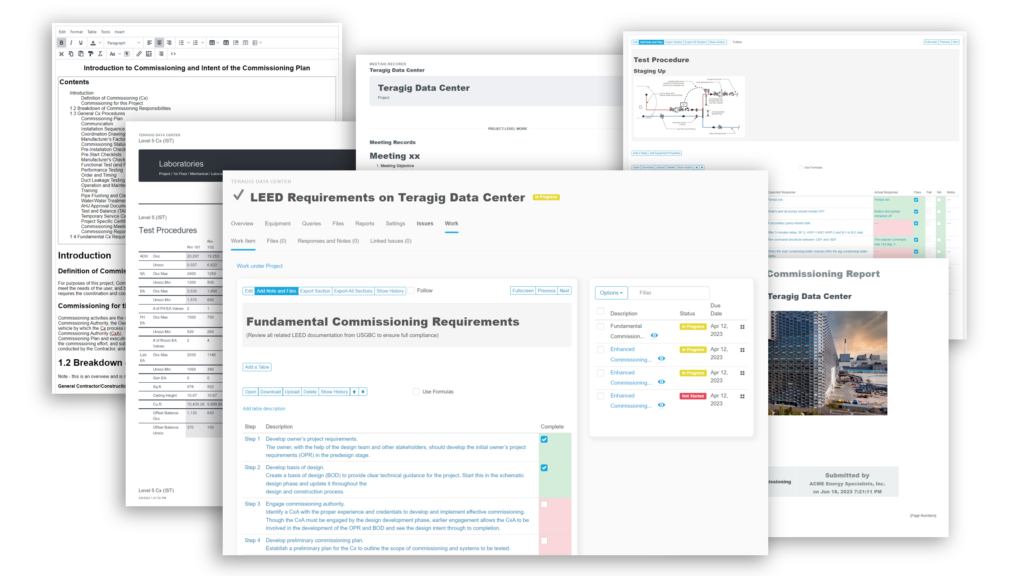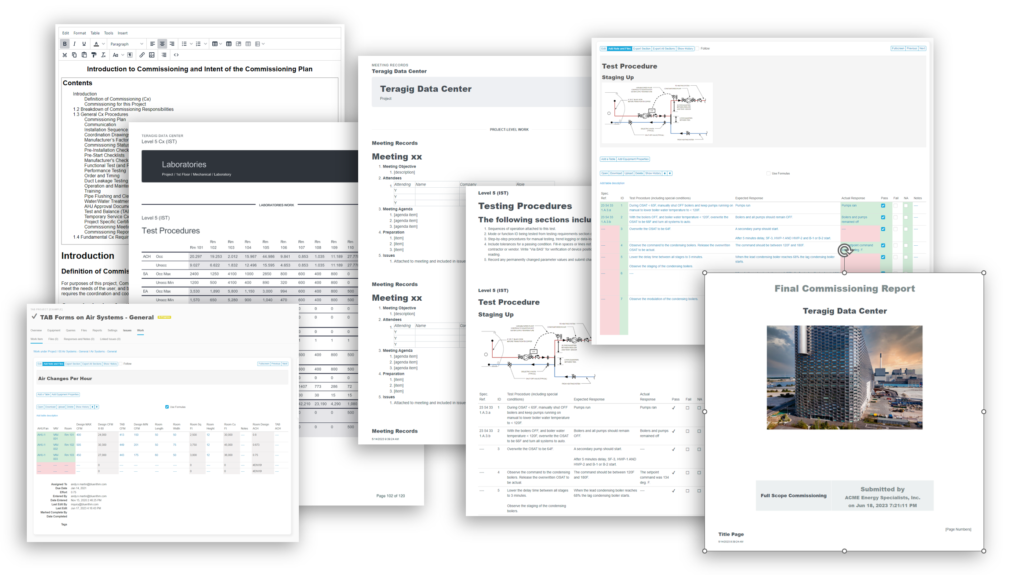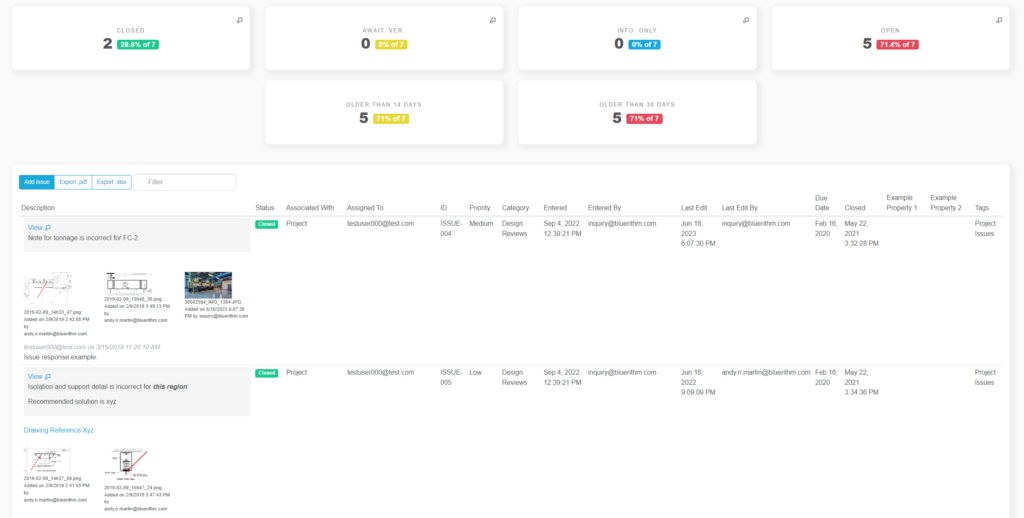Top Benefits of Building Commissioning in 2019
Building commissioning (Cx) provides tangible and quantifiable benefits to building developers/owners, occupants, construction and design teams, and ultimately society at large.
This article provides an overview of the most common benefits a commissioning program can deliver, and includes supporting data from the original 2009 study by Evan Mills on commissioning benefits from the Lawrence Berkeley National Laboratory (LBNL), as well as new data from the 2018 update to this important study conducted by LBNL and the Building Commissioning Association (BCxA).
The text from the original 2009 LBNL study notes that:
Commissioning is more than “just another energy-saving measure.” It is a risk-management strategy that should be integral to any systematic approach to garnering energy savings or emissions reductions. Commissioning ensures that building owners get what they pay for when constructing or retrofitting buildings, it provides insurance for policymakers and program managers that their initiatives actually meet targets, and it detects and corrects problems that would eventually surface as far more costly maintenance or safety issues.1
While we are still a long ways from full adoption of a robust Cx program for every building, there has been progress in the both the frequency and quality of commissioning efforts in both new construction and existing buildings (in the form of re-commissioning and retro-commissioning) since the original 2009 LBNL study. While new building codes and LEED requirements have driven demand for commissioning services, they have also created risks to the perception of Cx as a whole due to the “commoditization” this demand could cause.
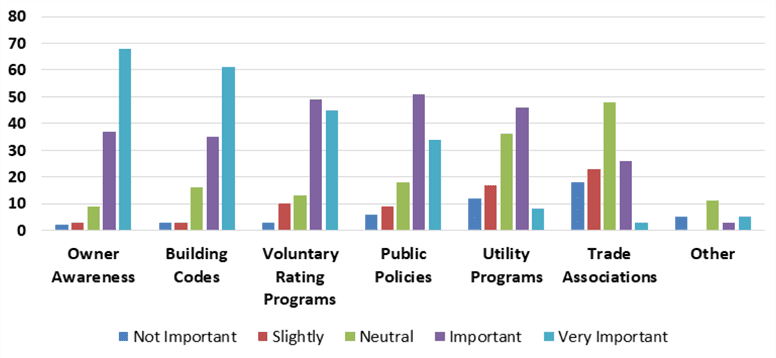
Insights found in studies like the referenced LBNL work, the Building Commissioning Association (BCxA), AABC Commissioning Group (ACG), American Society of Heating, Refrigerating and Air-Conditioning Engineers (ASHRAE), among others, can be used to highlight the benefits of well executed commissioning programs and show that’s its much more than a “box to be checked”.
The future of commissioning and its relevance may be determined by the level of continued investments in research that produces objective data around ROI’s and overall benefits. Continued insistence by practitioners that rigorous standards be followed, and highly qualified practitioners be selected, will preserve the reputation of Cx as an important and integral part of the building design, construction, and life-cycle will help ensure the growth of Cx adoption continues to provide value as its adoption accelerates.
See this article on the anatomy of a complete building Cx process.
Despite improvements in design and building practices, technology and its application in the building development, construction, and operation activities, a full 43% of respondents to the 2018 LBNL – BCxA market research indicated their scope had become more complex (6). This is due not only to the complexity of traditionally commissioned systems, but to the breadth of building systems included in the Cx scope. This highlights the need for continued rigor of any Cx program, as well as the increasingly high expectations for Cx providers.
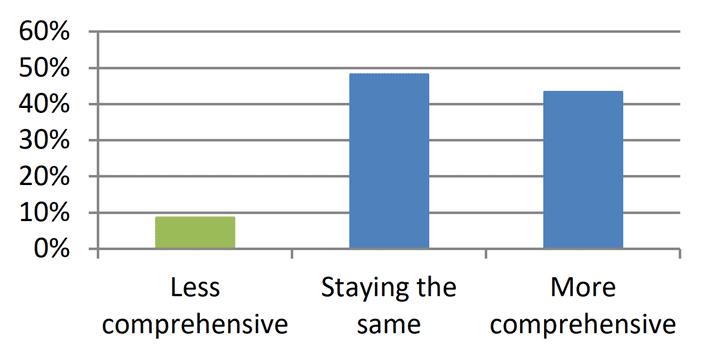
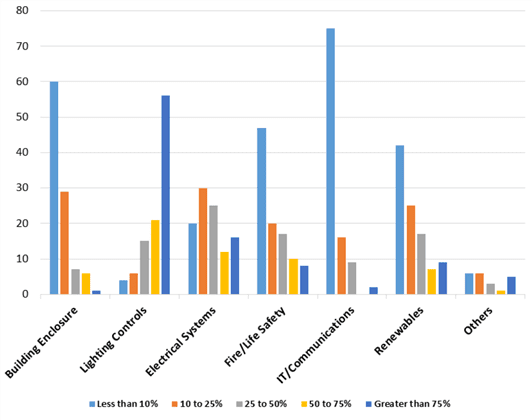
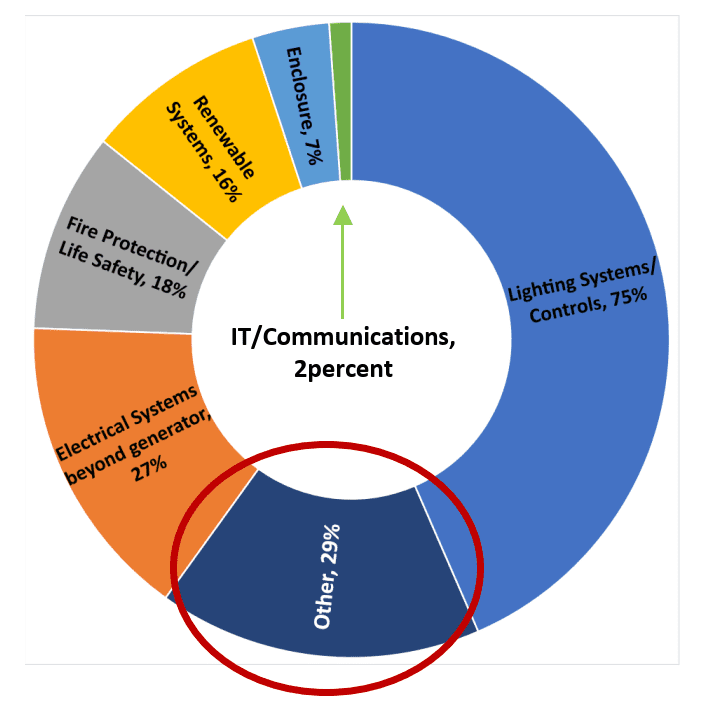
The “Other” category represents systems like plumbing and wastewater treatment, irrigation, security and other technology/speciality systems, process water, photo voltaic, structural, manufacturing.
The following reasons are what stakeholders in the LBNL study most frequently cited for implementing commissioning.5 While these are good goals and often outcomes of Cx, there are additional benefits to be had with an informed and thorough Cx program, which will be covered in greater detail in this article. The trends noted are referring to the comparison between the 2009 and 2018 LBNL studies.
- Ensure system performance.
- Comply with LEED or other sustainability rating system: Trending up as LEED certification has become more visible with more developers and companies seeking certification of their facilities.
- Smoother process and turnover (new construction): Trending up as the benefits of commissioning are becoming more widely understood and accepted.
- Ensure or improve thermal comfort. Trending down.
- Train and increase awareness of building operators. Trending down.
- Comply with organizational mandate/policy: Trending up.
- Ensure adequate indoor air quality. Trending down, perhaps due to building codes becoming more comprehensive around this topic.
- Extended equipment life.
- Obtain energy savings. Trending down.
- Increase occupant productivity.
The rest of this article will focus on the benefits of commissioning found in objective data from the LBNL study and other sources, as well as subjective and anecdotal input that is difficult to measure, but arguably of benefit for the stakeholders involved in constructing and maintaining our built environment.
LOWER ENERGY COSTS
The Whole Building Design Guide references EPA data that shows buildings use 36% of America’s overall annual energy consumption, and 65% of the electricity demand.2 Energy use is also the largest operating expense for owners of commercial buildings.
Commissioning provides, at a relatively insignificant cost, assurance that buildings can deliver, if not exceed, the performance and energy savings promised by their design,1 as well as to uncover savings from “drift” of system performance in existing buildings that have already been commissioned.
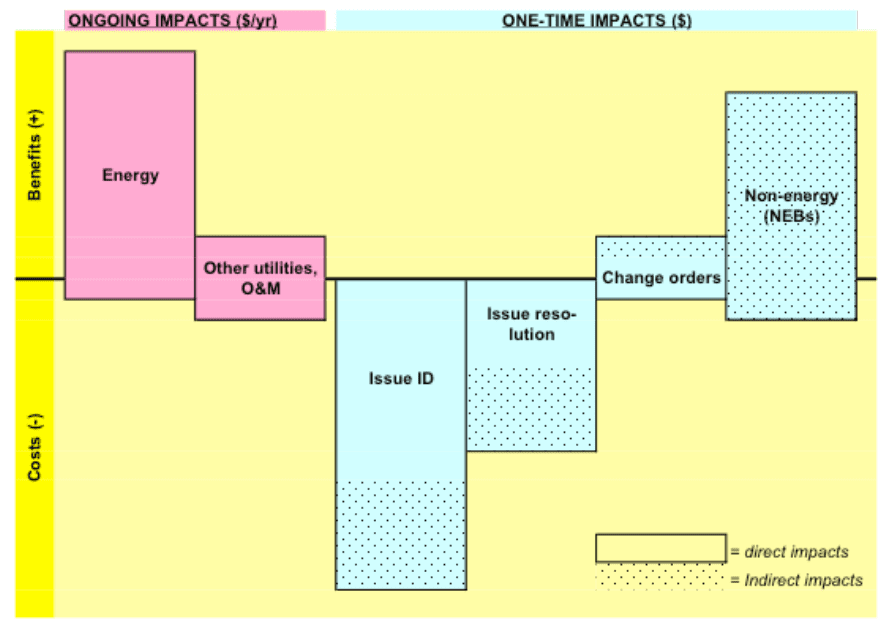
Conceptual map of commissioning costs and benefits.1
The following table shows data from the 2009 LBNL study. This study includes data from 332 commissioning projects in existing buildings and 77 in new-construction, representing a total of 643 buildings, 99 million square feet, and $43 million invested in the commissioning work.1
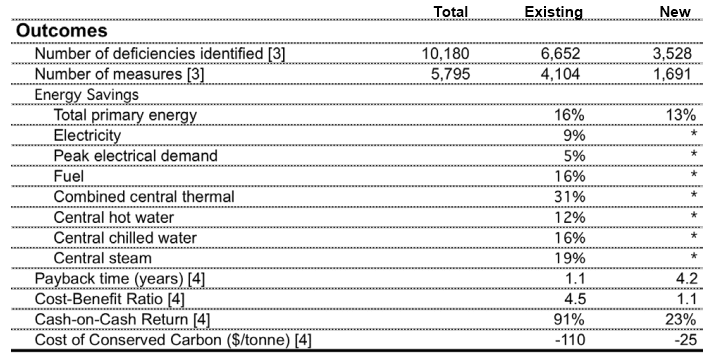

Outcomes of Commissioning in 2009 LBNL Cx Study (median values)1
The 2018 LBNL study provides the following updated data for existing building energy savings:
- The median savings for existing buildings is 6% of utility costs, and the 75th percentile is 10% savings.5
- The median payback for existing buildings is 2.2 years.5
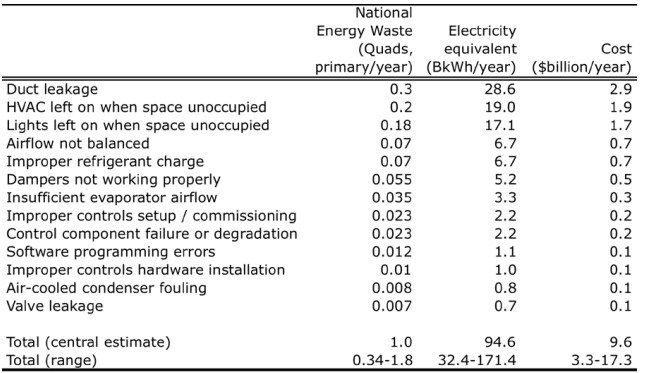
Top faults causing energy inefficiencies in commercial buildings (top 13 of 100+)1
Note: See the updated cost and payback data from the 2018 update to the LBNL study in the “COSTS AND ROI OF COMMISSIONING” section below.
Monitoring-Based Commissioning
Ongoing Cx performed by dedicated software and analytics tools can provide additional value and savings over time, on top of an initial or periodic commissioning or re-commissioning program.1
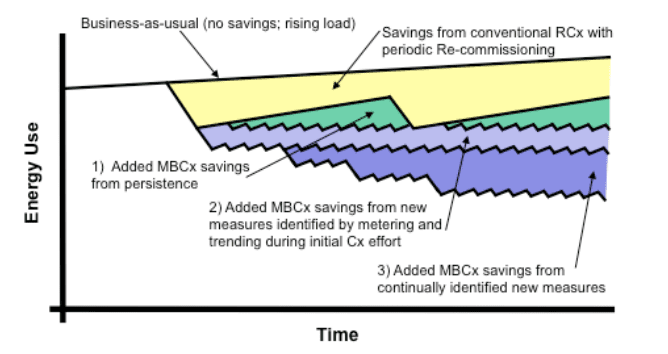
COMMISSIONING REDUCES CHANGE ORDERS AND OTHER CLAIMS DUE TO GAPS IN DESIGN, SCOPE, AND OTHER COORDINATION ISSUES
Harmony may not seem to be a word that fits within the context of a construction project, but Cx can help deliver it. Not necessarily in the sense of the human relationships on a given project (which are also important, but for another discussion). We’re talking about synchrony between the owner, the design team, and the contracting team related to the design, construction, and operation of the building and its systems.
At the highest level, building commissioning brings a holistic perspective to design, construction, and operation that integrates and enhances traditionally separate functions.1
In recent years the integration and partnering of design and contracting teams on complex building projects has increased. This has helped address the disjointedness between design intent, what is possible with current technologies, construct-ability, and best practices of the contracting teams. However, there are still challenges to achieving a completely harmonious process from initial design concept through installation and building (system) operation. However, on 74% of projects that implemented Cx, better construction team coordination was reported, and 56% of projects reported fewer change orders.5
These results are more likely when the Cx program is initiated early. For example, when the Cx program includes things like OPR development, early design phase document reviews (including BIM model and other electronic collateral), controls sequences, energy analyses, operational analyses, system integration reviews, and general constructability reviews in the scope, there is significant opportunity to for high value return from a project’s Cx program.
This is an opportunity for growth in the industry, as Cx providers are not engaged in the design phase on the majority of their projects, despite the desire and perceived benefit of developers and owners for design phase engagement.
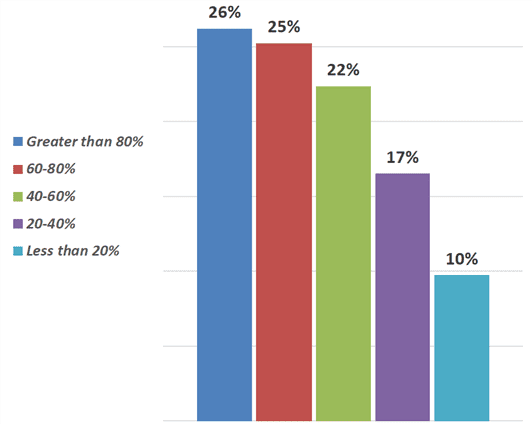
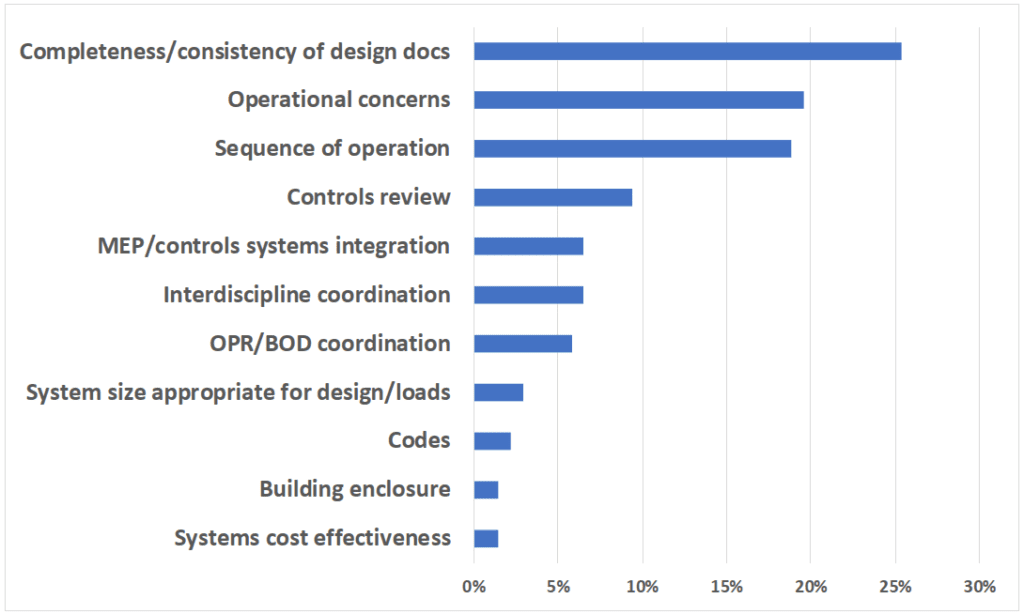
Many well-rounded Cx firms may have experience in both theoretical design as well as practical, hands-on experience from time spent working in the field installing and working with various building system technologies. This experience, along with their contractual position in the project (where they’re contracted directly to the owner, rather than through the design team or contracting chain), allows them to bridge these gaps in continuity between the owner, design team, and contracting team. To achieve the largest benefit, the Cx process should be integral to the project from initial conception, where the Cx firm can facilitate the Owner’s Project Requirements (OPR), and continue to post-occupancy subjects, such as building operations.
77% of projects reported improvements to system design, and equipment being sized correctly.5
It’s this comprehensive perspective that can minimize the impact from design changes as well, since they are identified early on, rather than as they are unfolding in the physical world, as opposed to still on paper.
FEWER DEFICIENCIES AT SUBSTANTIAL COMPLETION
Once construction is underway and systems are being installed, part of the Cx process involves periodic inspections of partially completed work.
These documented inspections help a) document progress and conditions along the timeline of the project, so that records can be referenced later if needed, and b) identify potential deficiencies as early as possible so that they can be addressed immediately, as opposed to later in the project when they would have more significant cost and schedule implications.
Any deficiencies that are found are fully documented in a detailed manner, where responsibility is defined. Due dates, deficiency status, follow up responses and notes, and any other documentation is recorded so there is always a clear record and path to closure for every deficiency.
MANAGED AND DOCUMENTED START-UP PROCEDURES
A Cx plan defines startup procedures for all (or most) equipment, and checklists for contractors based on industry best practice and equipment manufacturer-defined procedures.
Typically, these startup procedures will span multiple disciplines and require an elevated level of technical and logistical coordination. As the entity responsible for bridging gaps in communication and planning between various stakeholders on a project, the Cx firm will develop a plan that defines the milestones and logical path which the work needs to follow for thorough, proper, and well documented system start-up events.
This is critical not only to maintaining a construction schedule, but oftentimes for meeting the requirements of equipment manufacturer’s warranties as well.
SMOOTHER BUILDING TURNOVER, OPERATIONS, AND POST-OCCUPANCY BENEFITS
A fully developed Cx plan will include processes for owner / building operator training. Operator training is often a “box to be checked” as part of a contractor’s contractual obligations, but when incorporated into a cohesive commissioning plan and with oversight by the Cx provider, the allocated hours for training can be much more effective. This is due to a more proactive approach by the Cx firm, and a focus on the specific project and the interrelated systems and disciplines.
Between 70 and 90% of the projects that implemented commissioning reported the following post-occupancy benefits.5
- Better thermal comfort
- Improved maintenance and serviceability
- Better training and education.
- Improved air quality.
- Better equipment life.
There will be less post-occupancy corrective action. Because deficiencies are being identified and corrected in real-time while contractors are still staffed on-site, there will be less, or minimal, effort required from the O&M staff to address poorly performing systems. 62% of projects reported the number call-backs was lower due to commissioning being implemented.5
Commissioning can also help produce an effective planned preventive maintenance program1.
COMMISSIONING DELIVERS VALUE-ADDED CONSTRUCTION QUALITY AND FEWER PROJECT DELAYS
The detailed schedule and coordination information provided by the Cx process allows contractors to schedule and sequence the required work efficiently. Problems are therefore identified and resolved with minimal delay, and the project stays on schedule.4
Commissioning produces a focus on schedule, sequence of work, coordination, and ensuring a quality product. Quality buildings result in satisfied occupants, more lease renewals for tenant-occupied buildings, and a favorable reputation as a good place to work or visit.4
79% of projects that participated in the 2018 LBNL study reported that the buildings were occupied on schedule due to commissioning, and up to 90% of those projects reported problems were detected and corrected earlier.5
62% of these projects reported the building was occupied sooner than it would have otherwise been, and the test and balance scope was completed sooner, and for less cost.5
A fully developed and integrated Cx plan can bridge the gaps between building owners, design teams, contracting teams, and ultimately the end users and facility operators.
As part of the formal Cx process as defined by the Building Commissioning Association, the Owner’s Project Requirements (OPR) is developed as a deliverable of the Cx scope, or at the very least, is reviewed at early stages by the Cx provider. The OPR that is developed early in the building planning stages and includes significant input from all project stakeholders mentioned above. The OPR defines project goals and how this continuity will be achieved.
COMPLETE AND USEFUL DOCUMENTATION
The Cx plan and resulting documentation obtained during the project has value for the owner and operations staff. Functional performance test records can provide insight into original operating conditions, recorded setpoints, and other functional information that may be useful at future dates. Startup checklists and other reports can provide documentation that proper procedures were followed in the event of warranty disputes between an owner and an equipment manufacture, should they arise. Operations and maintenance manuals, recorded training sessions, etc. are all encompassed in the Cx plan.4
COSTS AND ROI OF COMMISSIONING
The LBNL study from 2018 provides the following data for building commissioning costs.5
New Construction – Costs per Square Foot
- Higher Education: $1.44
- Office: $0.82
- Healthcare – Inpatient: $0.96
- K12 Schools: $0.85
- Laboratory: $0.79
In the original 2009 LBNL study, the average payback for new construction commissioning was 4.2 years.1 While there is no updated data for payback based on the 2018 LBNL study data, the costs per square foot either stayed nearly the same or went down dramatically for some building types, so we can say that on average, the payback period should be less than 4.2 years for new building commissioning.

Existing Building Commissioning (Retro-Cx, Re-Cx)
The median savings for existing buildings is 6% of utility costs, and the 75th percentile is 10% savings.5
The median payback for existing buildings is 2.2 years, based on the 2018 LBNL study’s data.5
Stop by www.BlueRithm.com to see how we can help you deliver successful commissioning projects.
References
- Evan Mills, P. (2009, July 21). A Golden Opportunity for Reducing Energy Costs and Greenhouse Gas Emissions. Retrieved from Lawrence Berkeley National Laboratory: http://cx.lbl.gov/documents/2009-assessment/lbnl-cx-cost-benefit.pdf
- Optimize Energy Use. (2018, March 08). Retrieved from Whole Building Design Guide: https://www.wbdg.org/design-objectives/sustainable/optimize-energy-use
- Commercial Real Estate: An Overview of Energy Use and Energy Efficiency Opportunities. (n.d.). Retrieved from US Energy Star: https://www.energystar.gov/sites/default/files/buildings/tools/CommercialRealEstate.pdf
- ACG Commissioning Guideline. (2005). Retrieved from AABC Commissioning Group: https://www.commissioning.org/commissioningguideline/ACGCommissioningGuideline.pdf
- Crowe, E., & Poeling, T. (2018). The Value of Commissioning: Market and Building Data Surveys. Nashville, TN: Building Commissioning Association, Lawrence Berkeley National Laboratory.
- Ganderson, J., Crowe, E., Curtin, C., Mills, E. (2018). Value of Commissioning: 2018 Market Survey. https://www.bcxa.org/wp-content/uploads/2019/07/Cx-Market-Survey-Report-Final-2019.07.16-V.3..pdf



